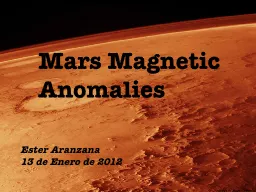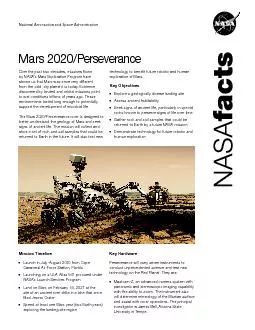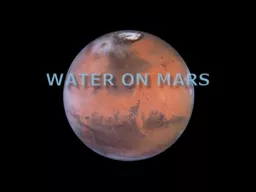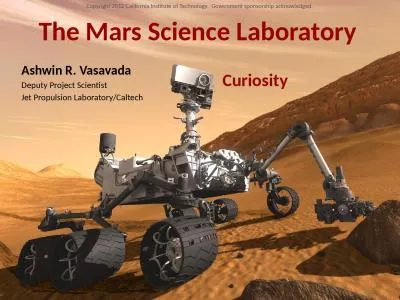PPT-Life on Mars
Author : karlyn-bohler | Published Date : 2016-06-15
By James Hedrick Why do we care Funding public loves aliens Key to increase human exploration Help understand life on Earth Viking Life Experiments 1976 Gas Chromatograph
Presentation Embed Code
Download Presentation
Download Presentation The PPT/PDF document "Life on Mars" is the property of its rightful owner. Permission is granted to download and print the materials on this website for personal, non-commercial use only, and to display it on your personal computer provided you do not modify the materials and that you retain all copyright notices contained in the materials. By downloading content from our website, you accept the terms of this agreement.
Life on Mars: Transcript
Download Rules Of Document
"Life on Mars"The content belongs to its owner. You may download and print it for personal use, without modification, and keep all copyright notices. By downloading, you agree to these terms.
Related Documents














